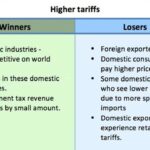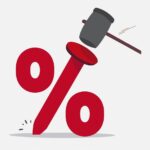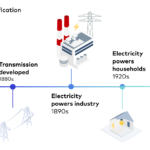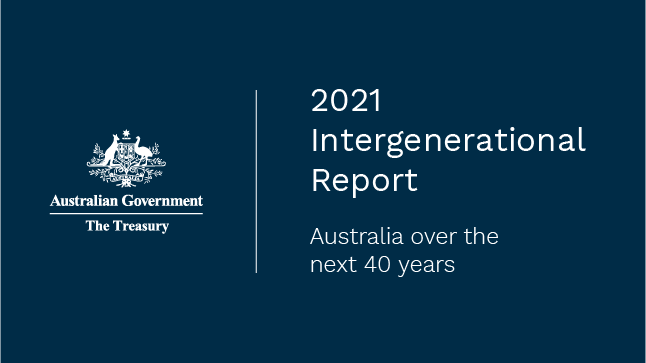
29 Jun 2021
Old-age dependency ratio
- Posted by Dejan Pekic BCom DipFP CFP GAICD
The Intergenerational Report is published every 5 years and forecasts an outlook for the Australian economy and the Federal Government’s budget over the next 40 years.
Bottom line, the Australian economy is projected to grow at a slower pace over the next 40 years due to slower population growth.
This has implications for the old-age dependency ratio which is the ratio of working-age people to those over 65.
For every person aged over 65 in 1981-82 there were 6.6 working-age people, today we are at 4.0 and by 2060-61 it is forecast to fall to 2.7 working-age people for every person aged over 65.
Click for Chart 2.17
So where does the Federal Government get the money to pay for healthcare, the Age Pension and end-of-life support?
Tax revenue, across the board as a share of GDP is forecast to rise steeply over the next two decades.
Click for Chart 8.1
For a full copy of the just released 2021 Intergenerational Report please click the following link.
Click to read.
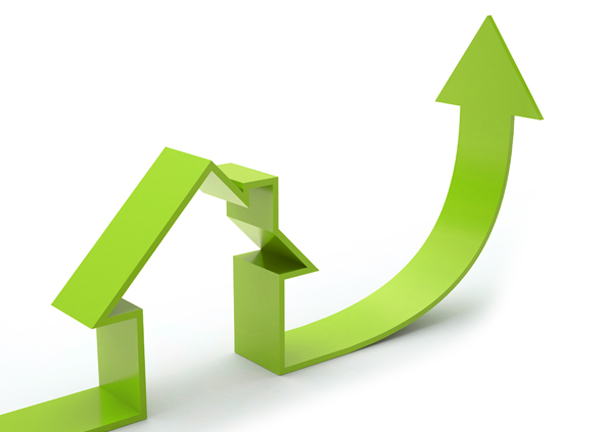
22 Jun 2021
Australian Residential Property: First Home Buyers
- Posted by Dejan Pekic BCom DipFP CFP GAICD
According to Australian Broker News the median house price in Sydney is now over $900,000.
| Capital City |
Median House Price |
Median Unit Price |
| Sydney |
$901,750 |
$649,950 |
| Melbourne |
$720,000 |
$574,000 |
| Hobart |
$670,000 |
$470,000 |
| Darwin |
$595,000 |
$417,500 |
| Brisbane |
$535,000 |
$410,000 |
| Perth |
$515,000 |
$420,000 |
| Adelaide |
$493,250 |
$372,500 |
| Canberra |
$820,000 |
$492,500 |
Domain research just published the 2021 Domain First-Home Buyer Report which shows that it takes 7 years and 1 month to save a 20% deposit on an entry level house in Sydney.
This is now 11 months longer than 5 years ago.
Click for chart.
When will this explosion in residential property prices end?
Unknown but it will because the rate of increase is unsustainable.
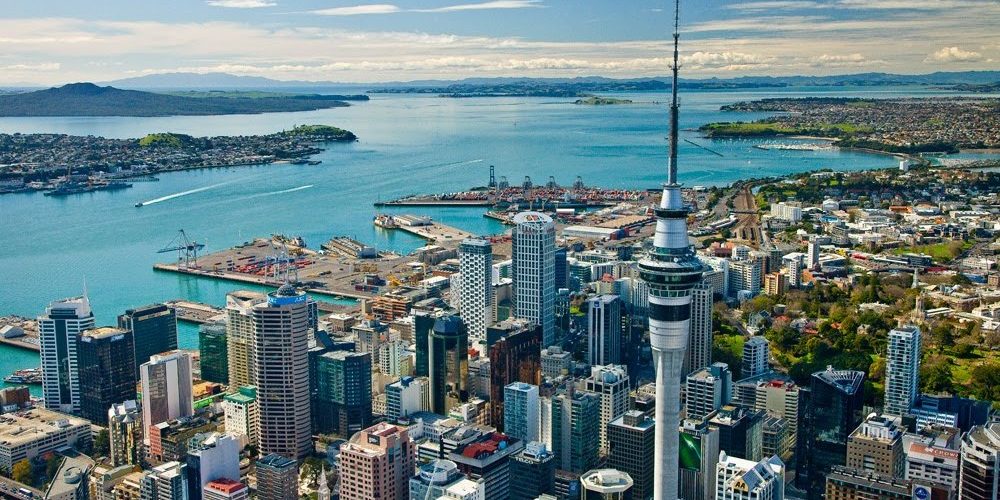
16 Jun 2021
The Global Liveability Index 2021
- Posted by Dejan Pekic BCom DipFP CFP GAICD
The exciting news is not just that Auckland, New Zealand came in 1st but that Australia has 4 cities ranked in the top 10.
They are Adelaide ranked 3rd, Perth ranked 6th, Melbourne ranked equal 8th and Brisbane ranked 10th.
And this during the COVID-19 Pandemic.
Click to read.

8 Jun 2021
Australian Economy: We are flying
- Posted by Dejan Pekic BCom DipFP CFP GAICD
It is amazing how fast Australia is recovering from the impact of the COVID-19 Pandemic.
For example, Australia continues to retain its AAA credit rating with S&P Global Rating having taken us of the downgrade list and moving our AAA rating to ‘stable’.
The Australian unemployment rate has fallen to 5.5% in April with ANZ reporting that May recorded the highest number of job advertisement in over 12 years.
Australia’s real GDP (Gross Domestic Product) is in positive territory and growing ahead of most countries.
Click for chart.
This is all good news. What could go wrong?
Well, we will have to wait and see.
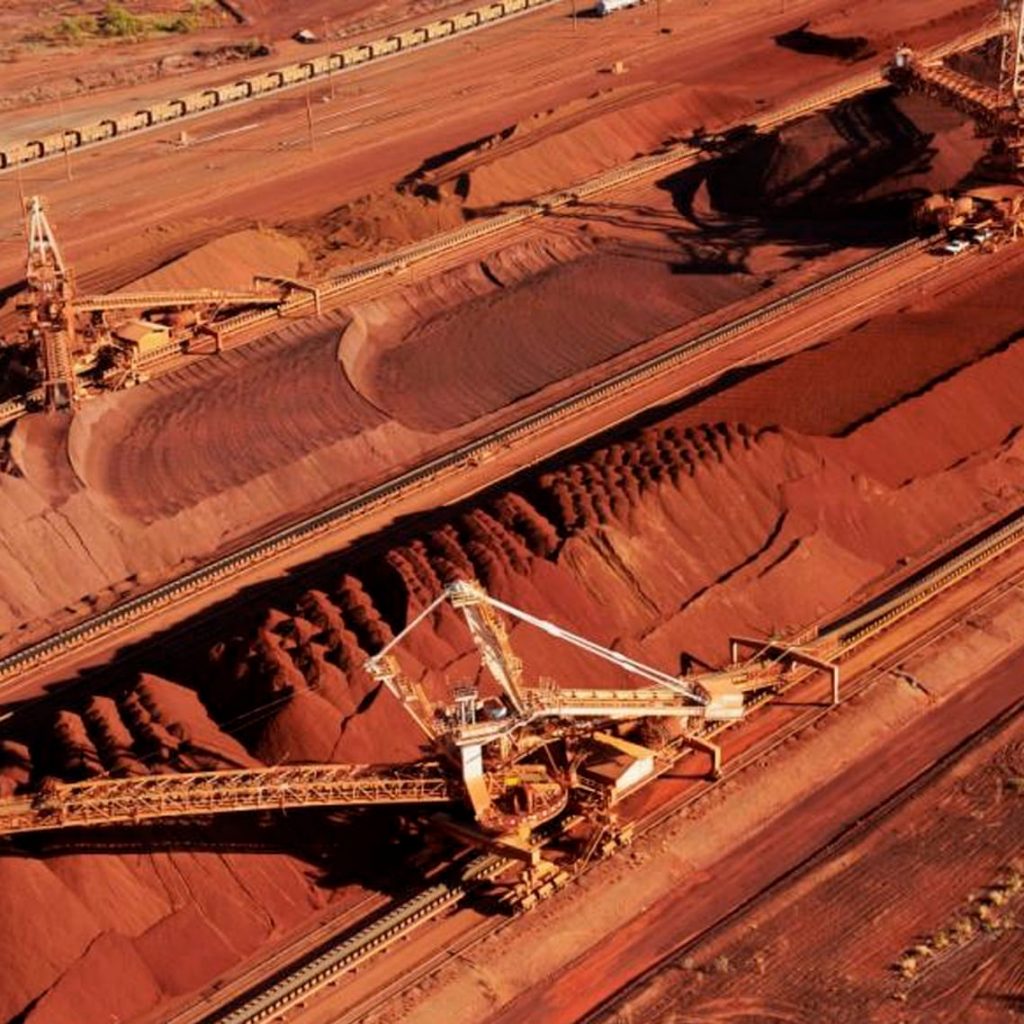
3 Jun 2021
Iron Ore: We live in a material World
- Posted by Dejan Pekic BCom DipFP CFP GAICD
If you were not aware, it was not the Federal Labor Government that economically saved Australia during the 2008 Global Financial Crisis, it was China.
China needs steel to build and the key ingredient for steel production is iron ore which the Australian continent has in excess volume.
China’s demand for iron ore began to accelerate in 2000 and accelerated faster again during the 2008 Global Financial Crisis and continues to grow.
This trading partner (China) has just kept buying greater and greater volumes of iron ore which is economically fantastic news for Australia.
Again, it is not the Federal Liberal Government that is economically pulling Australia through the COVID-19 Pandemic, it is China’s insatiable consumption.
Click for chart.
China has publically announced that it is vigorously working on finding alternative supplies of iron ore to reduce its reliance on Australia.
It is more than likely that they will have success but to what extent is the question.
If China completely stopped buying iron ore from Australia we would go into an economic recession because currently there is no alternate export revenue item big enough to replace AU$136 billion in earnings and which employs an estimated 262,000 workers directly and supports 1,000,000 workers indirectly.
It is extremely unlikely that China can immediately stop buying iron ore but the future is an unknown and so as Benjamin Graham taught, remain invested according to your appetite for volatility and when fear and panic take hold, then react by buying more quality assets at discounted prices.






